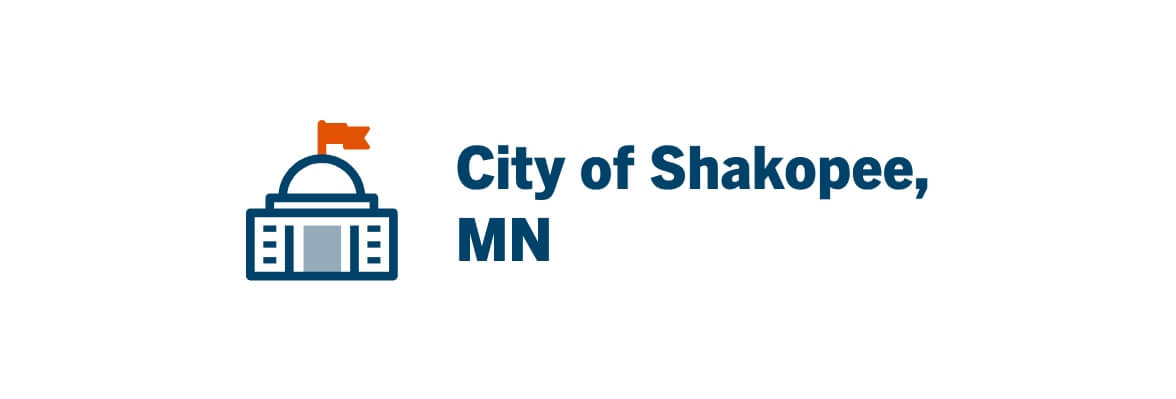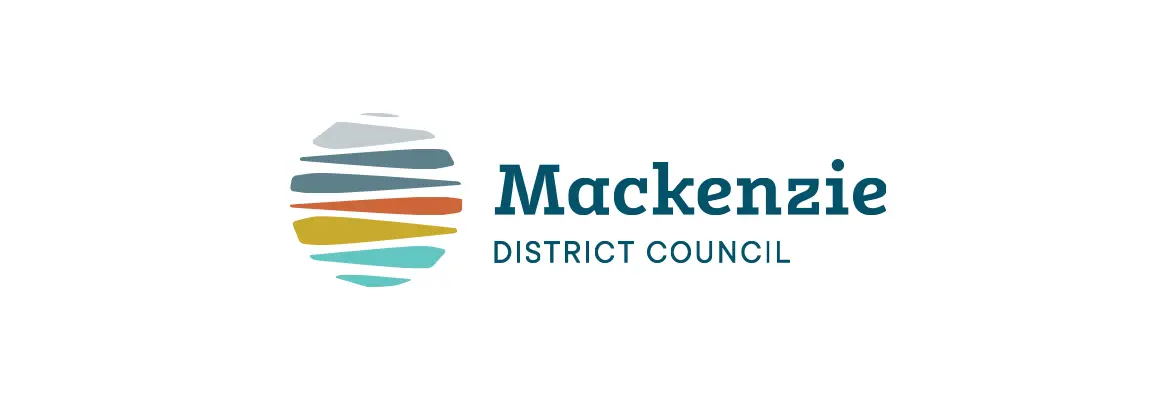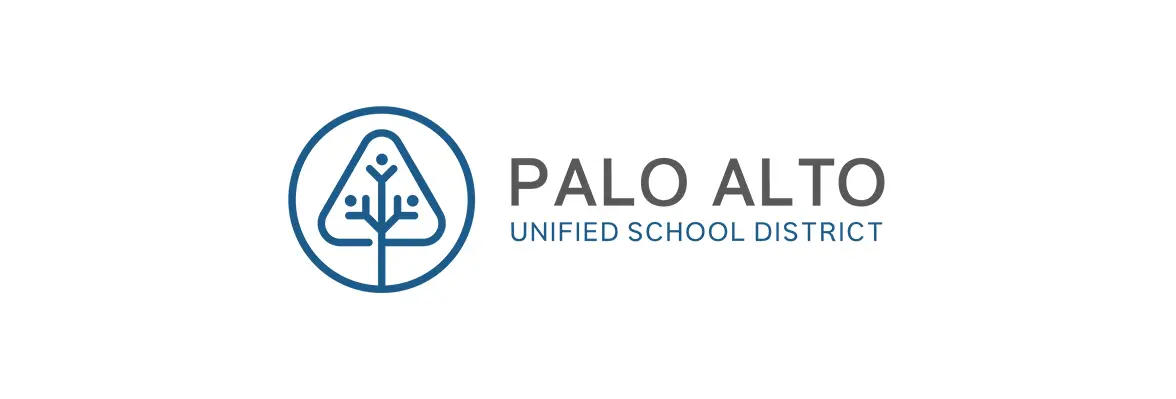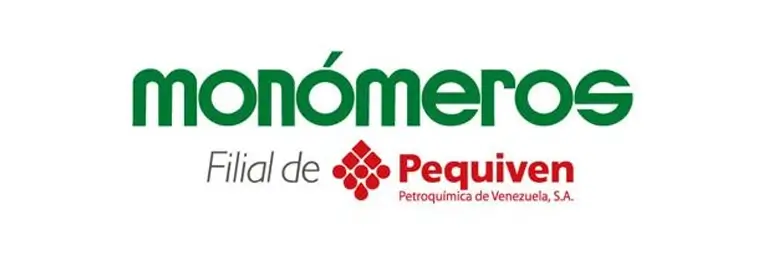City of Shakopee
4 min read
When making the case for upgrading Shakopee, MN, to Laserfiche Avante, Carrie Duckett, the city’s Information Technology Coordinator, did her due diligence. “To date, there hasn’t been one Minnesota city that’s purchased Laserfiche and left for one of its main competitors. But in 2010 alone, six of the state’s cities and counties migrated onto Laserfiche from a competitive system.”
She ticks off a few of the benefits that give Laserfiche a leg up on the competition: “First, Laserfiche is easy to use, because it looks and functions like Windows and Google. Second, it’s stable and easy for the IT department to maintain. Third, it has an open API that makes it easy to integrate with our other applications.”
These benefits, Duckett notes, are vital to Shakopee, which has a two-person IT department supporting approximately 125 city staff in nine different departments. In fact, if Laserfiche wasn’t easy to use, maintain and integrate, the city wouldn’t have considered shaking up its approach to enterprise content management (ECM) by upgrading from four concurrent users to a 50-user Laserfiche Avante system.
Leading Up to the Upgrade
“We first implemented Laserfiche in 2005, using it to manage building permits through an integration with our PIMS building permit software,” Duckett explains, outlining how the process works:
- “We print barcoded permits that our records clerk scans into Laserfiche Quick Fields, which is an automated data capture solution.
- “Within Laserfiche Quick Fields we have an ODBC connection that connects to the PIMS database.
- “Laserfiche Quick Fields pattern matches the permit address, permit type and permit ID and automatically archives the document in the Laserfiche repository.”
She also notes that the city has long used Laserfiche to manage council agenda packets and other miscellaneous items, some of which are made available to the public through Laserfiche WebLink, a browser-based thin client that provides read-only access to public information.
The desire to upgrade the system came last year, when the police department hopped on the Laserfiche bandwagon. “In October 2010,” Duckett says, “the police department started using Laserfiche for evidence photos, and we integrated Laserfiche with the PD’s case management system, to enable officers to automatically open photos that pertain to specific cases.”
Jennifer Boudreau, Shakopee’s Police Records Technician, explains that one way the PD leverages the integration is to track graffiti, making it easier for officers to identify all instances of a tagger’s work so the city can recoup clean-up costs.
Boudreau notes that in the past, search options were limited. With Laserfiche, officers can search photos by case number, but they can also search based on the metadata associated with each photo. This makes it easier to discern patterns that might not have otherwise been apparent.
Now that Shakopee has upgraded to Laserfiche Avante, the police department is looking forward to scanning all case files into the system. “Right now, case documents are contained in a paper file, which eliminates collaboration and the ability to work on the case at the same time as someone else,” says Boudreau. “As a result, we end up doing a lot of photocopying, which wastes paper. It can also get confusing to have so many copies of the same document floating around, because you never know which is the most current, complete version.”
Further, she explains that Laserfiche will be able to store more than copies of paper documents; where applicable, electronic case files will also contain audio files, squad car video and so on.
Since the Upgrade
Less than a month after implementing its 50-user Laserfiche Avante system, Shakopee has already brought the finance department onboard. It now uses Laserfiche Quick Fields to scan barcoded accounts payable documents into the repository, where they’re instantly searchable from the desktop.
“With the upgrade to Laserfiche Avante, which for us included the ‘Barcode and Validation’ and ‘Real Time Lookup and Validation’ packages, we can now use the pattern matching feature in Laserfiche Quick Fields, which automatically creates the folder structure in Laserfiche,” explains Duckett. “This creates a more efficient and seamless process for the users who scan documents into the system.”
She adds that once the police department starts using Laserfiche for its case files, it will use Laserfiche Quick Fields for its scanning, as well.
The next department to start using Laserfiche will likely be HR, which wants to use the system to digitize employee records and automate the hiring process using Laserfiche Workflow, a business process management tool that automatically performs specified actions (such as document routing) based on organizations’ unique business rules.
According to Duckett, this is just the beginning. “We hope to have every department using Laserfiche by this time next year.”
Additional Integrations
With the case management integration well underway, and the integration with the city’s PIMS building permit software already in place, Shakopee has big plans for linking Laserfiche to additional city applications. “Next, we plan to integrate Laserfiche with GeoLink, our GIS/mapping application,” says Duckett. “When you click on a land parcel, you’ll be able to launch Laserfiche and pull up all the documents associated with that particular piece of land.”
This functionality will be useful for multiple departments, including:
- The police department, which will use it for crime mapping.
- The fire department, which will be able to quickly retrieve building plans during emergencies.
- The public works department, which will gain easy access to sewer information.
She goes on to explain that the city is also looking to integrate Laserfiche with JDE, Shakopee’s finance, payroll and HR software. “By integrating these two systems—and taking advantage of Laserfiche Workflow—we’ll be able to simplify the payment cycle with electronic invoices and purchase orders that can be automatically routed through the approval process. Once we digitize our HR records, we’ll be able to automate the hiring process as well.”
From Duckett’s perspective as an IT professional, the best thing about the planned integrations is how easy they’ll be to set up. “Because Laserfiche is used across so many cities and government entities, there are a lot of proven, pre-built integrations available to us at no additional cost.”
Laserfiche Avante = Affordability
In terms of cost-effectiveness, Duckett also appreciates how affordable it was to upgrade to Laserfiche Avante. “If we’d stayed with a concurrent user system and simply purchased the additional functionality and users we needed, it would have cost us $40,000 more than the upgrade to Laserfiche Avante,” she explains. “Plus, our named users now have 24/7 access to information, which is important from a productivity standpoint.”
She concludes, “Although it’s early in the implementation process, we’re starting to see financial and efficiency savings in the finance, building and police departments. Once we extend Laserfiche to all city departments and start creating workflows, we expect to save a lot more on paper and printing costs, and we also expect to greatly enhance employee efficiency.
“It’s our goal to have Laserfiche installed on every desktop in the city. We envision that it’ll be used as often as our email client, providing instant access to records, streamlining business processes and allowing us to move data across multiple platforms.”





